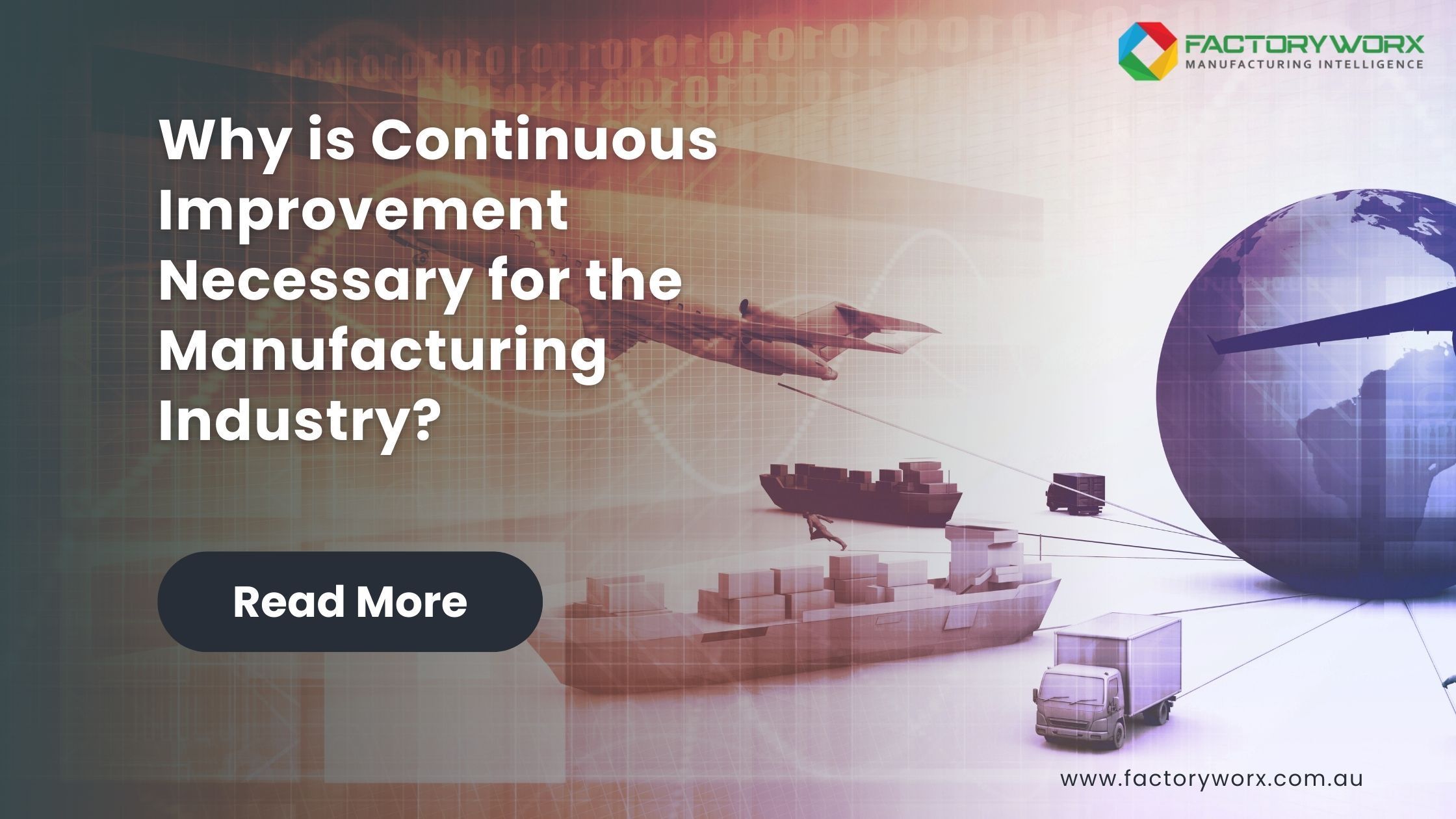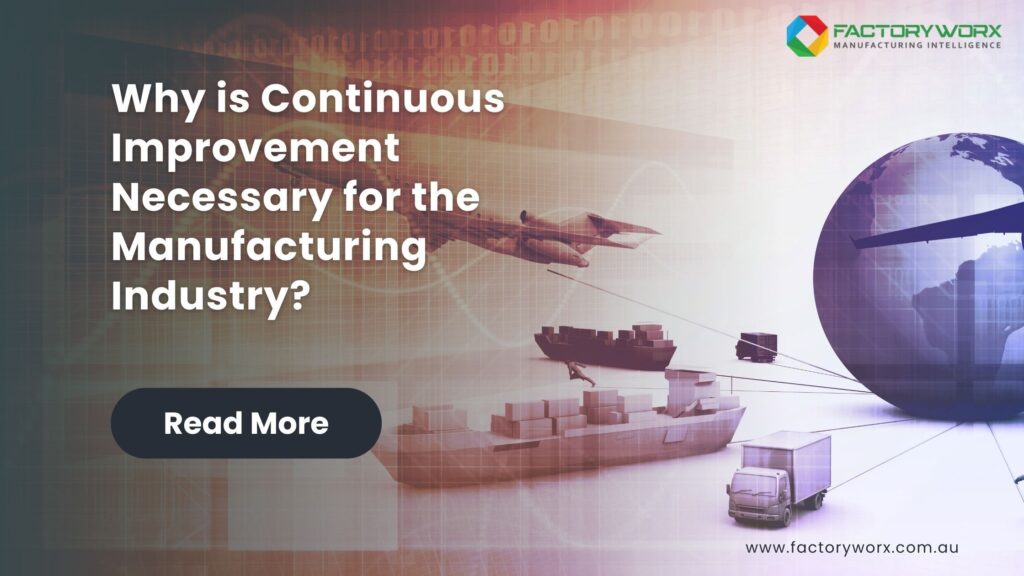
- June 9, 2022
- admin
- 0
Read Our Blog

Why is Continuous Improvement Necessary for the Manufacturing Industry?
In today's competitive manufacturing world, those who don't improve their business are at risk of being left behind.
Every company has to be motivated to improve. They should try to serve their clients with better, faster, and less expensive services while lowering expenses and increasing ROI. They will never achieve that goal without continuous process improvement in manufacturing workflows.
In the manufacturing industry, manufacturing continuous improvement refers to an integrated approach in which the development of products, processes, and services is tracked to make better improvements. This blog will look at the continuous improvement platform in manufacturing, its benefits and importance.
What is Continuous Improvement in Manufacturing?
Continuous improvement takes an existing production process in manufacturing and looks for different methods to improve it constantly. Even though individual changes do not appear to influence substantially, the aggregate results in a considerable difference and improvement in the overall manufacturing process.
By taking small and measured steps as a course of everyday activities, manufacturers can provide continuous improvement while reducing the risk of creating one massive jump to achieve the same effect. The ultimate objective of continuous improvement is efficient production without waste, unscheduled interruptions, and unnecessary actions. It will eventually result in optimal automation and standardisation.
Benefits of Continuous Improvement in Manufacturing
- Cost-efficient
- Less waste (money, resources, time)
- Enhanced operational efficiency
- Enhanced customer satisfaction
- Reduced capital needs and inventory levels
- Improved sharing of knowledge and organisational learning
- Enhanced product or service quality
- Enhanced employee engagement and culture
Continuous Improvement Models
Manufacturers can utilise a variety of CI models to help them discover and implement long-term changes. The Deming cycle, often known as the "Plan, Do, Check, and Act" (PDCA) cycle, is a tried-and-true example. It entails the following procedures:
Plan, Do, Check, and Act (PDCA)
The PDCA model is successful for a variety of reasons. For example, it's a practical, step-by-step, and systematic method for providing change that relies on evidence in the form of data. It's also continuous in the sense that it improves over time rather than in a single big leap. Finally, the cycle is adaptable; implementers can make course adjustments based on visible changes and incorporate other CI tools or processes.
- Plan: Identify areas for improvement and develop a strategy to address them.
- Do: Put the system into action on a small scale.
- Check: Use data to measure changes to see if the plan was successful.
- Act: Based on the data, either scale up the change or go back to the previous stage if the expected outcomes aren't achieved.
The Importance of Digital Continuous Improvement in MES
Although the continuous improvement process is not new, it has generally taken the form of manual methods until now, ranging from stacks of paper taped to bulletin boards to outdated Excel spreadsheets that are easily lost or erased. However, utilising these limited approaches, it can be challenging to realise the full potential of CI for your firm.
You can take your CI efforts to the next level by combining them into an interactive, easily accessible, connected worker platform. As a result, you'll be able to define better and monitor your operations, control deviations, and streamline the development of new ideas, among other things.
You can significantly reduce the time spent by workers and operation managers preparing reports by using an MES to capture information in real-time. In addition, by collecting and analysing data, such as the amount of loss, time of occurrence and its status, and other potentially relevant parameters, one can effectively determine the cause of the problem. In this way, MES digital factory software enables quick and effective continuous improvement activities.
Why Do Manufacturing Companies Choose Continuous Improvement?
Continuous improvement is the proven way to Manufacturing Excellence. It allows CI through automation of the best tools, processes and practices, combining them with MES software and ERP systems to make CI work for the whole business.
Digitising your continuous improvement lets you implant the best operating system practices in every business area, using proven CI methods and tools, including TPS, Lean, IWS, WCM and more.
FactoryWorx Continuous Improvement digitises the CI procedures and culture, seamlessly combining the top floor with the factory floor, building quality and continuous innovation culture, empowering individuals to make the right decisions.
Continuous improvement is a strategy for decreasing inefficiencies and improving processes. In manufacturing, it focuses on enhancing customer value, reducing waste, and streamlining factory operations. Additionally, the goal is to encourage an improvement culture where employees recognise and act on opportunities to enhance their job and share innovative ideas.

